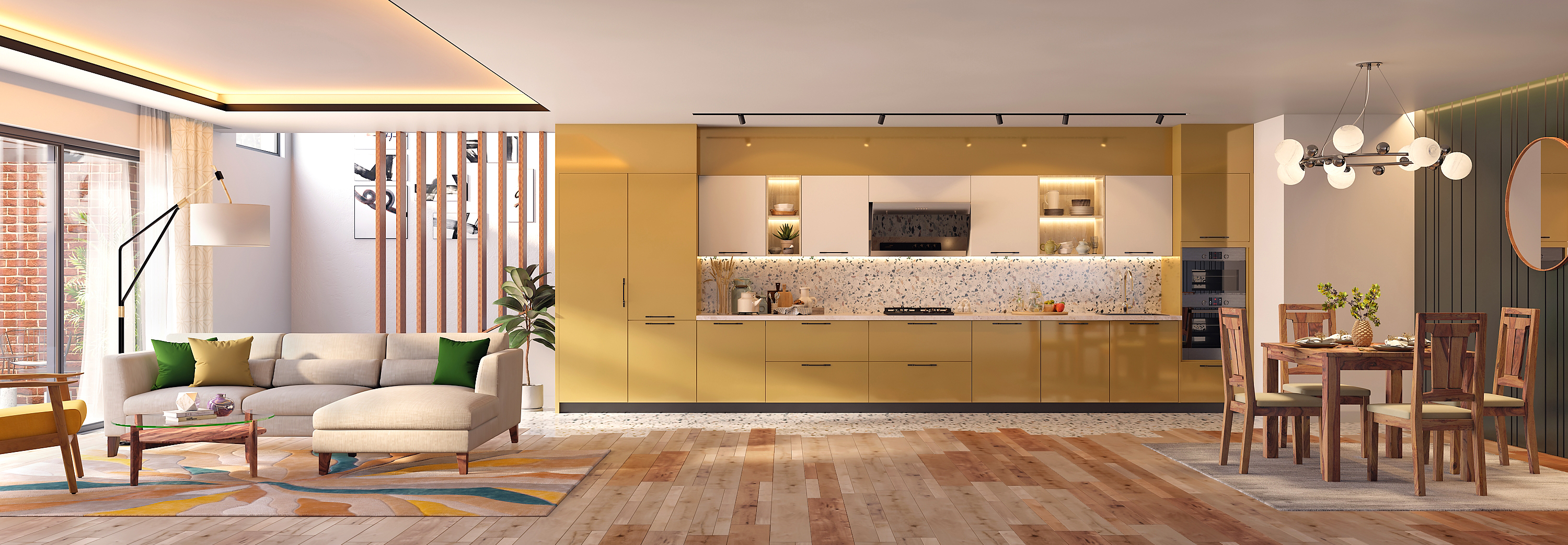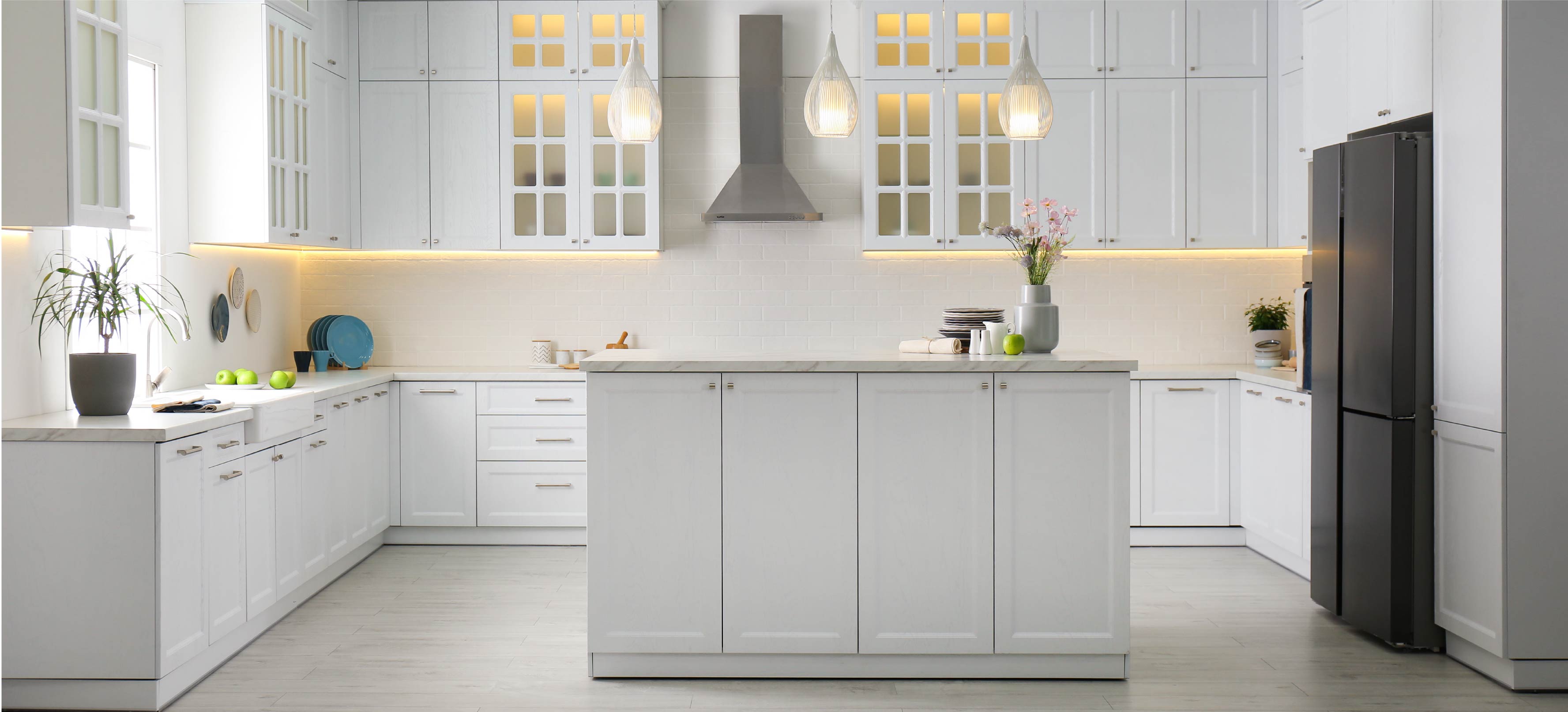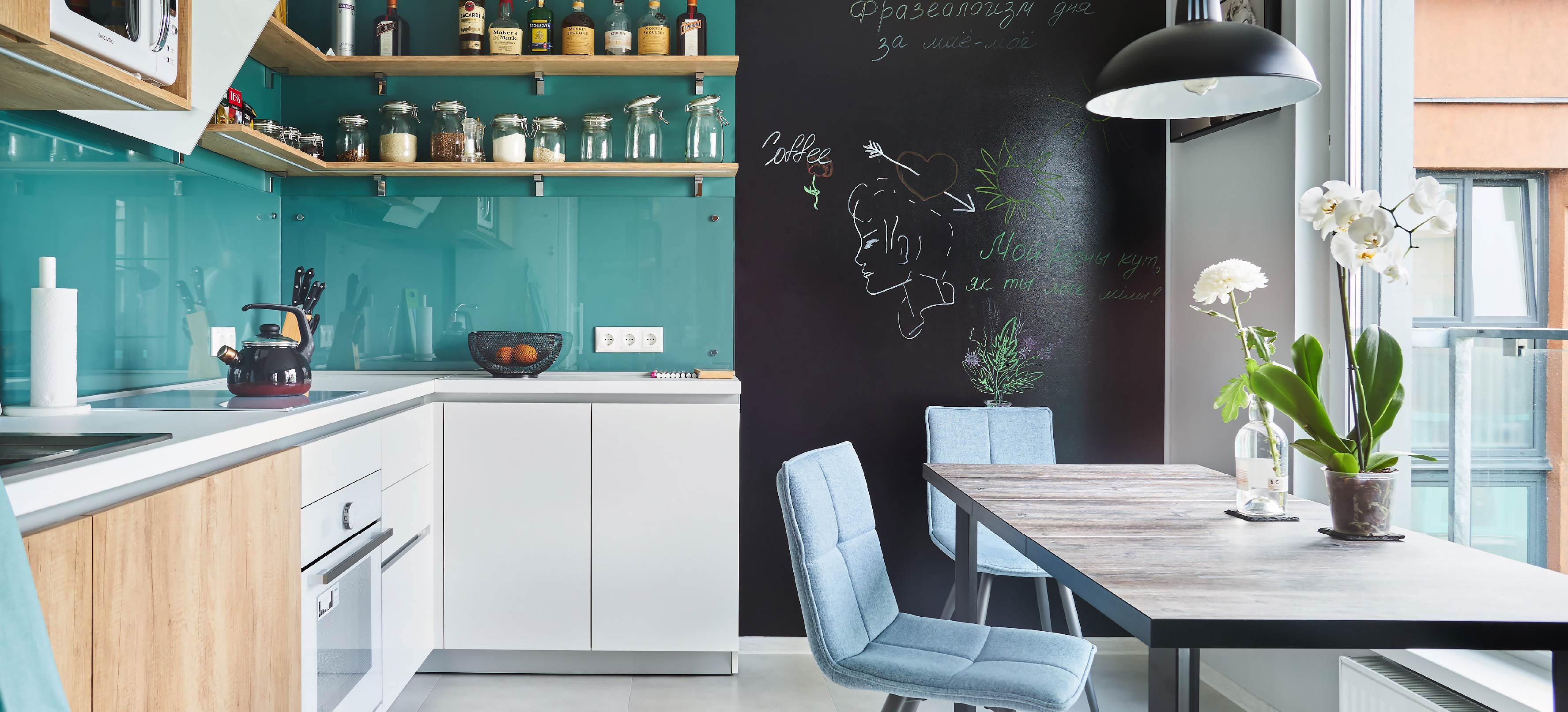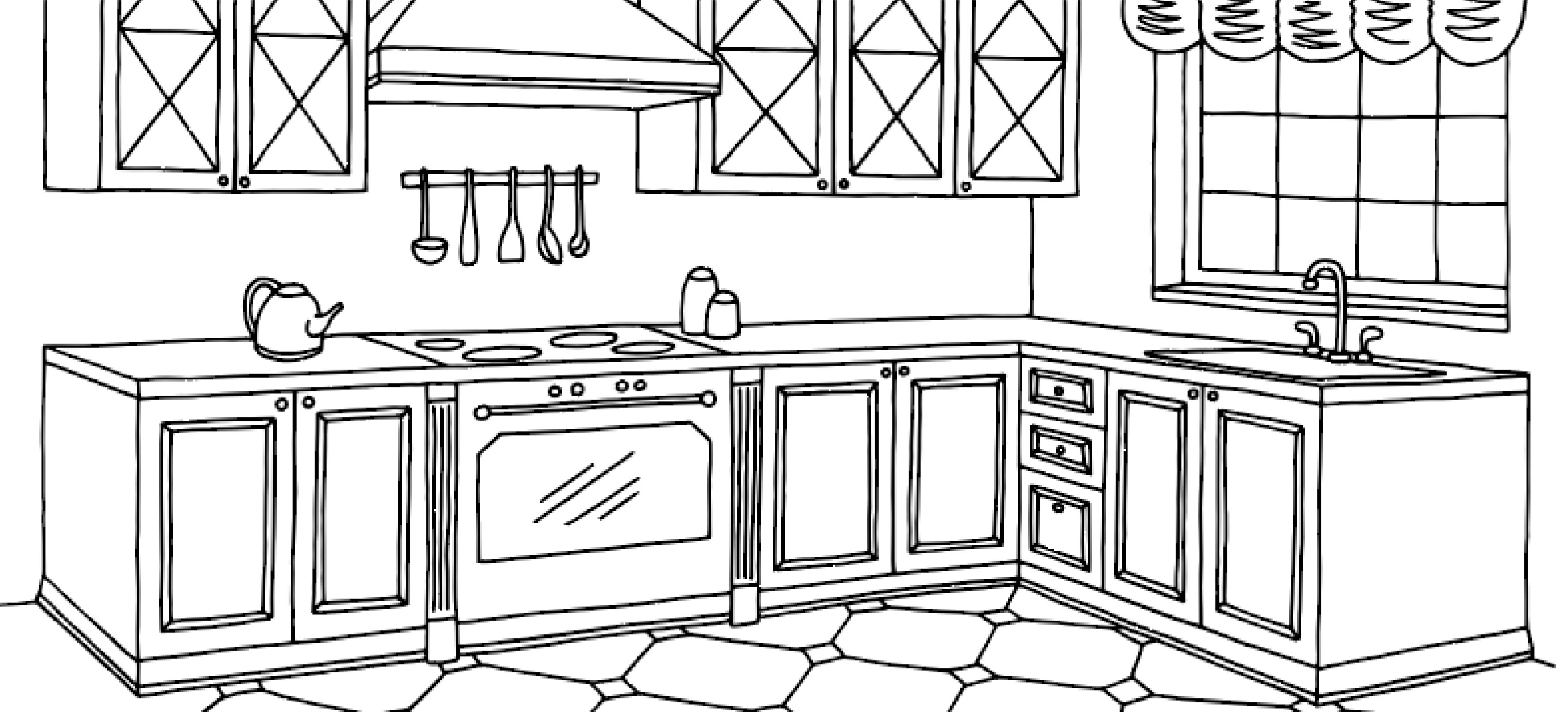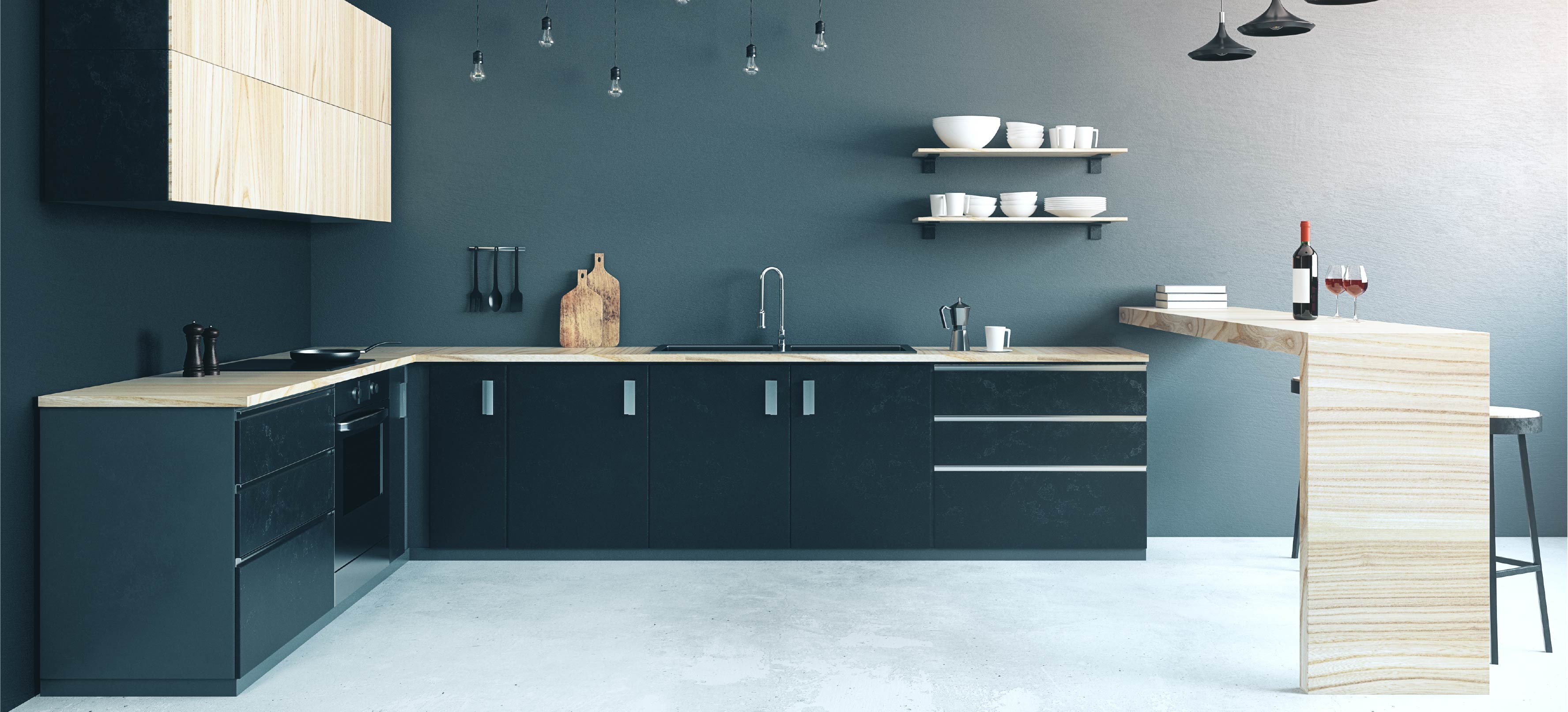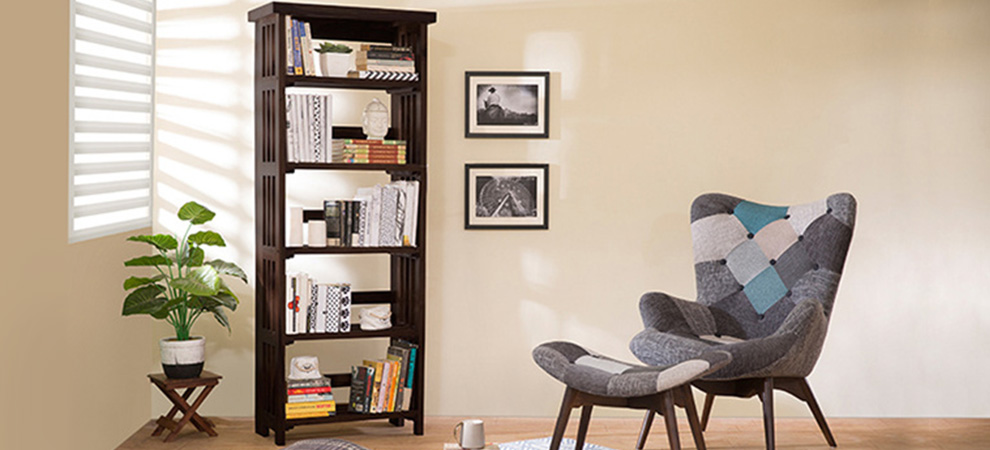
Book Lovers, Bookmark This.
There’s a phenomenon peculiar to most book lovers across the world. We just cannot enter a bookstore and leave empty-handed. It does not matter that there is already a mile-high pile of unread books back home. This habit of buying and then not reading books is so rampant that the Japanese even have a word for it - tsundoku! So, with every casual visit to the local book fair or airport bookstore, there’s a new addition to your library.
Only, can you really call it a library if the books are strewn all over the floor? Or tucked away under a bed or in a carton? We’re not so sure. What we do know, however, is that creating a mini-library of your own is not at all difficult. Here are a few quick tips to get you started.
Position. Position. Position.
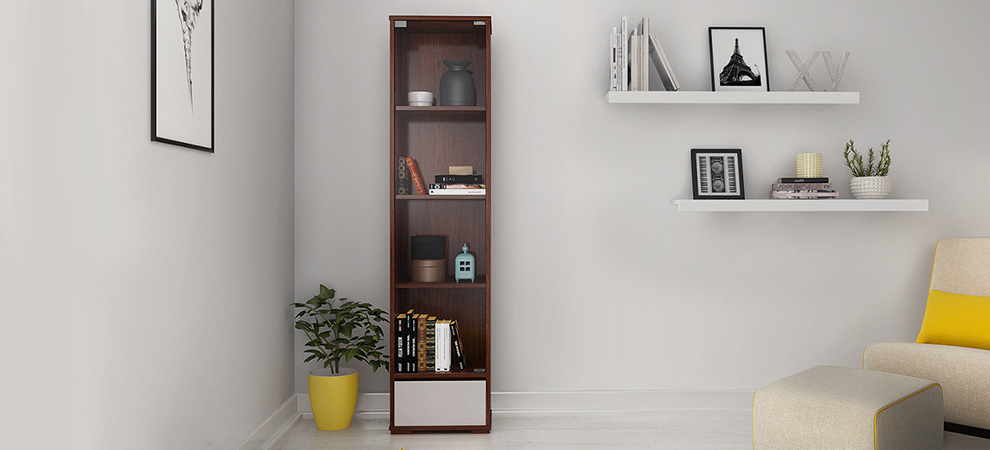
The first step to creating your dream library is deciding where you will place your bookshelf. Before you build or buy a bookshelf, go over your home with a tape measure and take stock of your spaces. Needless to state, also run an eye over your books to see how much shelf space you’re going to require (fair warning, this can take longer than you think, since you might just end up sitting down to reacquaint yourself with an old favorite).
If you’re short of space or just want a cosy little reading nook, a corner bookshelf is a great bet. But if you’re one of those lucky few with a lot of room at their disposal, opt for a full-length or full wall option to show off your beauties.
Ideally, you should position your shelf such that it doesn’t get in the way of people. After all, you don’t want someone waving a careless hand and knocking down your books!
Think Functionality
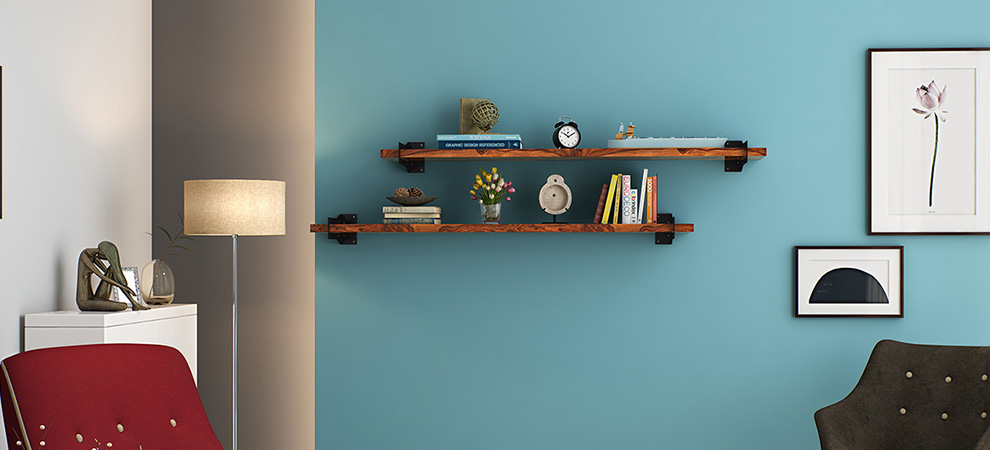
We love big books, and we cannot lie. The problem with them, though, is that they have a way of making shelves groan under their weight. So when choosing a bookshelf, be aware of its load-bearing capacity. Heavy books are safer in sturdy, floor standing bookshelves, while smaller collections are best placed in wall-mounted bookshelves. Of course, if you tend to relocate often, ditch anything needs to be affixed to a wall.
Chosen smartly, bookshelves can also help divide spaces. In a home where the living room flows into the dining room, a bookshelf that is open on both sides can serve as an unconventional room divider.
Material Matters
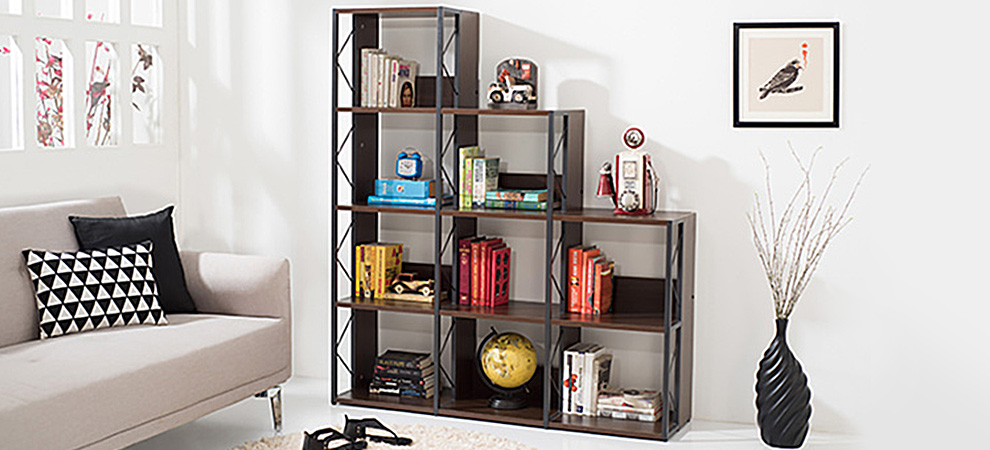
Since a bookshelf is a long-term investment, it makes sense to choose one that is durable and weather-friendly. Solid wood bookshelves are a classic for a reason. They last close to forever, and lend a timeless air to your space.
For a more pocket-friendly alternative, opt for shelves made from high quality particle board or MDF. Metal shelves in bright colours can also look super chic and contemporary. Pick one that suits your budget and meshes well with the overall decor of your space.
Plan. Create. Quirkify
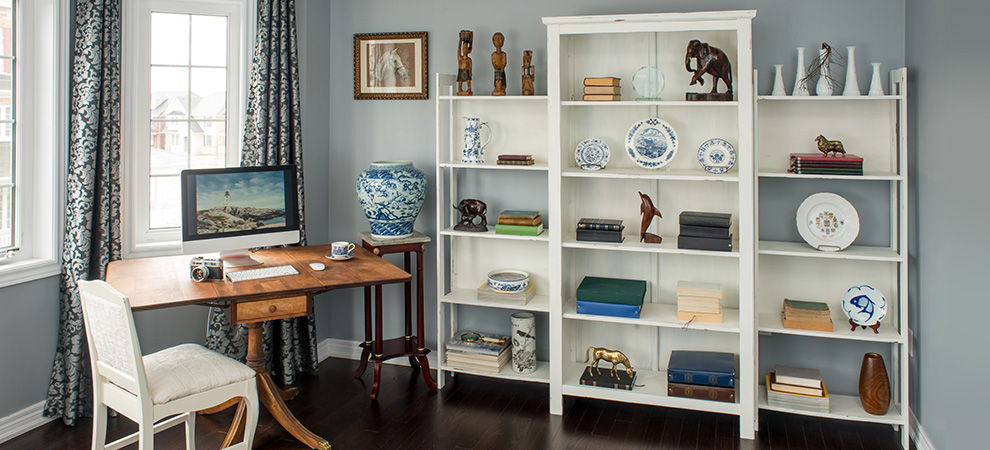
Next, think of what you’d like to display. Are there books you'd like to show off? Or books you don’t want “borrowers” (pfft!) noticing? Would you like your books to share their home with picture frames and travel souvenirs? Depending on your answers, choose between bookshelves with open storage, closed storage, or both.
Finally, make it your bookshelf. Remember, just because it’s called a bookshelf, doesn’t mean it can hold just books. Display books of different sizes, add a potted plant or two, and spice it up with knick-knacks that mean something to you.
With these pointers in mind, you’re all set to shop your entire Goodreads list. As always, don’t forget to share pictures of your reading nooks and libraries with us. Because nothing makes us smile quite like a set of books sitting pretty in a beautiful bookshelf.
